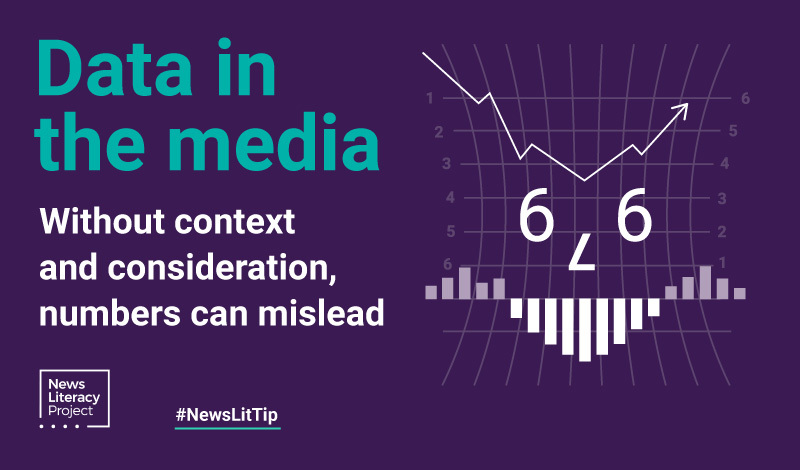
News Lit Tips
Raw information needs context for healthy consumption

“‘Raw data’ is both an oxymoron and a bad idea; to the contrary, data should be cooked with care.”
In this sentence from his book Memory Practices in the Sciences, Geoffrey Bowker, a professor of informatics at the University of California, Irvine, is pointing out that, like uncooked food, raw information can be dangerous unless properly prepared. The key ingredient that needs to be added: context.
What is raw data? It’s the product of security cameras that unceasingly record what’s going on in front of the lens; it is in government reports filled with numbers and percentages; it’s what is shared online from cellphones that people use to record an event. Those are examples of raw information, unedited and unprepared.
Journalists are among those turning raw information into comprehensive reports — by verifying it, adding context and considering complexities that make the accounts whole. But not all raw data ends up this way, so it’s important for all of us to understand if what we’re seeing is raw or if it has been properly prepared for consumption.
Take the scene that played out on the National Mall in Washington in January 2019.
A short video shot near the Lincoln Memorial and shared widely online showed a high school student from Kentucky and a Native American activist facing each other directly. The initial interpretation described it as a standoff and contended that fellow students were behaving in disrespectful, even racist ways toward the activist.
Even the organizers of the event that brought the students to Washington at first apologized for the “reprehensible behavior shown in the video” in a tweet that was subsequently deleted.
But that information was raw. That initial interpretation was woefully incomplete, and gave way later to a more comprehensive picture based on others’ videos and interviews with bystanders and witnesses.
And that’s just one example. Every day, every minute, the public is assailed by raw information, whether it’s a snippet of cellphone video posted online or a report whose figures haven’t been put in context. It might take time, but don’t eat consume those data uncooked: Wait for the context to be added to make for a properly prepared report.



